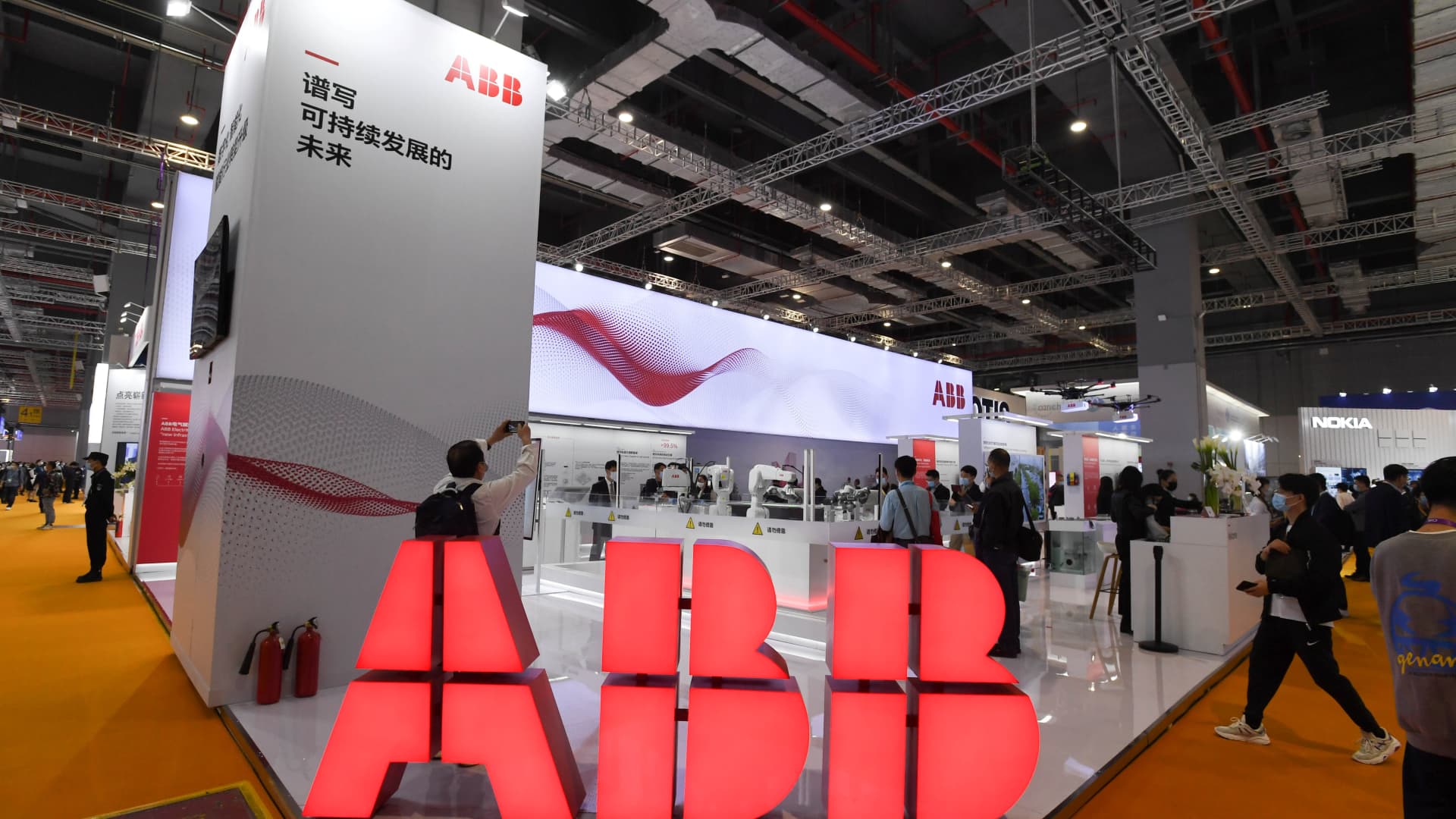Finally, South Africa Could Be Getting An EV With V2L — The Kia EV6!


Sub-Saharan Africa has the highest share of electricity output from backup/standby generators in the world. 9% of annual electricity consumption in the region is from backup/standby generators. This is due many countries in the region having constrained generation capacity, and weak and intermittent grids, resulting in regular power cuts. Nigeria accounts for a huge chunk of these backup generators, according to several estimates and reports. Some reports also say that South Africa has the largest number of backup generators in Africa per capita. Estimates say there were about 2.1 backup generators for every 100 people in South Africa as of the end of 2019. South Africa’s diesel generator market was expected to grow at a compound yearly growth rate of more than 2% from 2020 to 2025. This growth could now accelerate at a much faster rate since the load-shedding situation in South Africa is not improving.
Load-shedding is a controlled process that responds to unplanned events (such as demand exceeding available capacity) in order to protect the electricity power system from a total blackout. Eskom, South Africa’s national electricity utility company, has had to implement load-shedding increasingly over the past few years. Eskom’s load-shedding program is structured in stages, where Eskom sheds a certain quantum of load from the grid to stabilize the grid. So, depending on the severity of the crisis, load-shedding is implemented in stages from Stage 1 to Stage 8, where Stage 1 sheds 1,000 MW of load from the grid and in a Stage 8 scenario, Eskom takes out 8,000 MW of load from the grid. Load-shedding is implemented over 2-hour or 4-hour blocks on a rotational basis depending on the severity of the crises. Stage 8, however, means most consumers will experience a blackout for about 12 hours. We are only halfway through the year but already, 2022 has been the worst year of load-shedding on record. Already, South Africans have experienced more load-shedding in the past 6 months than in the whole of 2021!
With all this load-shedding, one would have thought that OEMs that now have all-electric vehicle models incorporating vehicle-to-load (V2L) technology would have been quick to offer their vehicles in South Africa. Although quite a number of these EVs with V2L would probably land in South Africa at prices higher than most of their ICE vehicle equivalents, the prospect of benefiting from the V2L tech could entice more consumers in South Africa to switch to EVs. Coming home to a dark and powerless house after a long hard day at work is not “Lekker,” as South Africans would say. But life could be much better for those 2 to 4 hours of load-shedding for those who would be in a position to buy an EV with V2L functionality.
Let’s take look at Kia’s EV6 that is reported to be on its way to South Africa in the near future. The EV6 comes with the option of a 54 kWh or 74 kWh battery pack (usable capacity). If you had a car with such a battery pack, you would not have to fork out extra cash to buy diesel for a backup generator. You could power some basic appliances such as a microwave to warm up some food or a kettle for some coffee or tea. You could also just power some essential loads such as the Wi-Fi router, the television, and some lighting in the house as well. The EV6’s V2L output is rated at 3.6 kW, enough to power some of these loads quite comfortably for those 2 hours or so of load-shedding.
In a survey in South Africa, 40% of respondents said that they drive less than 25 km per day, while about 25% of the respondents drive less than 50 km per day. The standard range Kia EV6 with the 54 kWh battery has a real world range of about 305 km, according to ev-database. This means that a lot of people will be able to drive to work and back, carry on with their usual daily driving activities, and still have more than enough left in the battery to power their essential loads during load-shedding. Load-shedding doesn’t happen every day, but when it does happen, having a car with V2L capabilities would be quite attractive in the South African market.
Appreciate CleanTechnica’s originality and cleantech news coverage? Consider becoming a CleanTechnica Member, Supporter, Technician, or Ambassador — or a patron on Patreon.
Don’t want to miss a cleantech story? Sign up for daily news updates from CleanTechnica on email. Or follow us on Google News!
Have a tip for CleanTechnica, want to advertise, or want to suggest a guest for our CleanTech Talk podcast? Contact us here.
Advertisement
This post has been syndicated from a third-party source. View the original article here.




